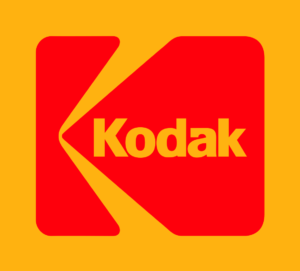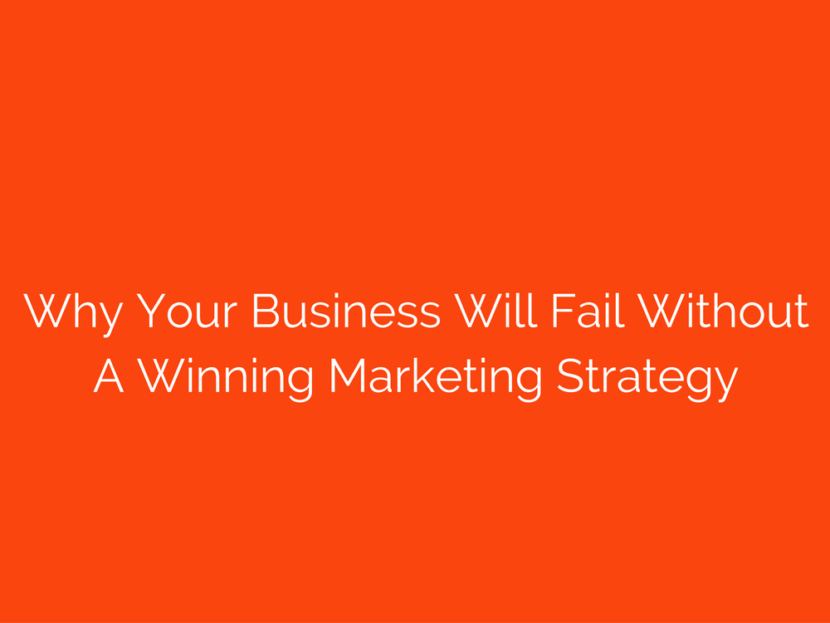“A winning marketing strategy is fundamental to building long-term company success”,
said a marketing strategist. (Me. Just then).
As I wrote that line Warren Buffet’s famous quote, “never ask a barber if you need a haircut, he’ll say yes”, sprung to mind.
Assuming you have hair and you don’t want to resemble a homeless person, the barber will at some point be right.
So is the marketing strategist: If you have a ‘losing’ marketing strategy (or no marketing strategy) you can never survive long-term.
That might be ok with some businesses, prepared to risk investment in time and money for the ego trip of being a business owner until the money runs out or they settle into a lifestyle business.
I’m talking to those business owners that want to build a business that provides them and the people they want with the joy of attainment and longevity, possibly beyond their involvement. In other words to be successful. Even build a legacy.
So let’s assume if you’re reading on you fall into that category.
What is a ‘winning’ marketing strategy, and why is it fundamental?
The phrase that always sticks with me is ‘Sustainable Competitive Advantage’ (SCA), developed as a theory in a book by Harvard Business School Professor Michael E. Porter.
‘Michael Porter defined the two types of competitive advantage an organization can achieve relative to its rivals: lower cost or differentiation. This advantage derives from attribute(s) that allow an organization to outperform its competition, such as superior market position, skills, or resources. In Porter’s view, strategic management should be concerned with building and sustaining competitive advantage.’
Read more on https://en.wikipedia.org/wiki/Competitive_advantage
Assuming that providing a product or service at the lowest cost isn’t the adopted strategy, the keyword for a SCA is ‘differentiation’: By being more operationally effective and / or innovative.
Marketing Strategy: So what has marketing got to do with ‘differentiation’?
Marketing is not just shouting about your ‘value proposition’, it’s how you create a value proposition.
How you design, produce and distribute the ‘thing’ for a market segment that is better choice than the current status quo.
In order to do that a business must first ensure there is a market for the solution they’re designing, that it isn’t already being provide with a solution, and that the new solution will be preferred by it’s intended audience.
Marketing strategy starts with market research, analysis and planning.
Strategy is a much used but commonly misunderstood word. I like to think of it in the military sense because it focus’ on one concept: winning. Winning whatever objective is sought. The objective determines the strategy.
The strategy is the single-minded purpose taken in order to achieve the objectives.
Think of the objective as a visualisation of the future, the Vision, and the strategy is the Mission.
Mission statements cannot by their nature be 15 page business plans.
The mission should be understood easily by everyone for it to work.
A mission / strategy is always better understood when illustrated with an example. The one I use in business / marketing terms of a great (successful / winning) strategy is Fuji.

Fuji Film were a company whose market was dominated by Kodak. Toe to toe they couldn’t compete with the behemoth. They were ‘David’ to Kodak’s ‘Goliath’. They summed up their mission in 2 words: Kill Kodak.

To have long-term company success the organisation needed to take market share from Kodak by differentiation. The difference was in out innovating the enemy.
The story goes that Kodak actually developed digital cameras long before Fuji, but their ego from market supremacy got in the way of the opportunity.
They underestimated the advantages of digital photography. They ignored it.
But Fuji had analysed the situation they were in, and formulated, evaluated and selected a technological innovation strategy. They developed a digital camera that was of high quality. That competitive advantage is what killed Kodak.
If your business has a Vision, it needs a Mission.

